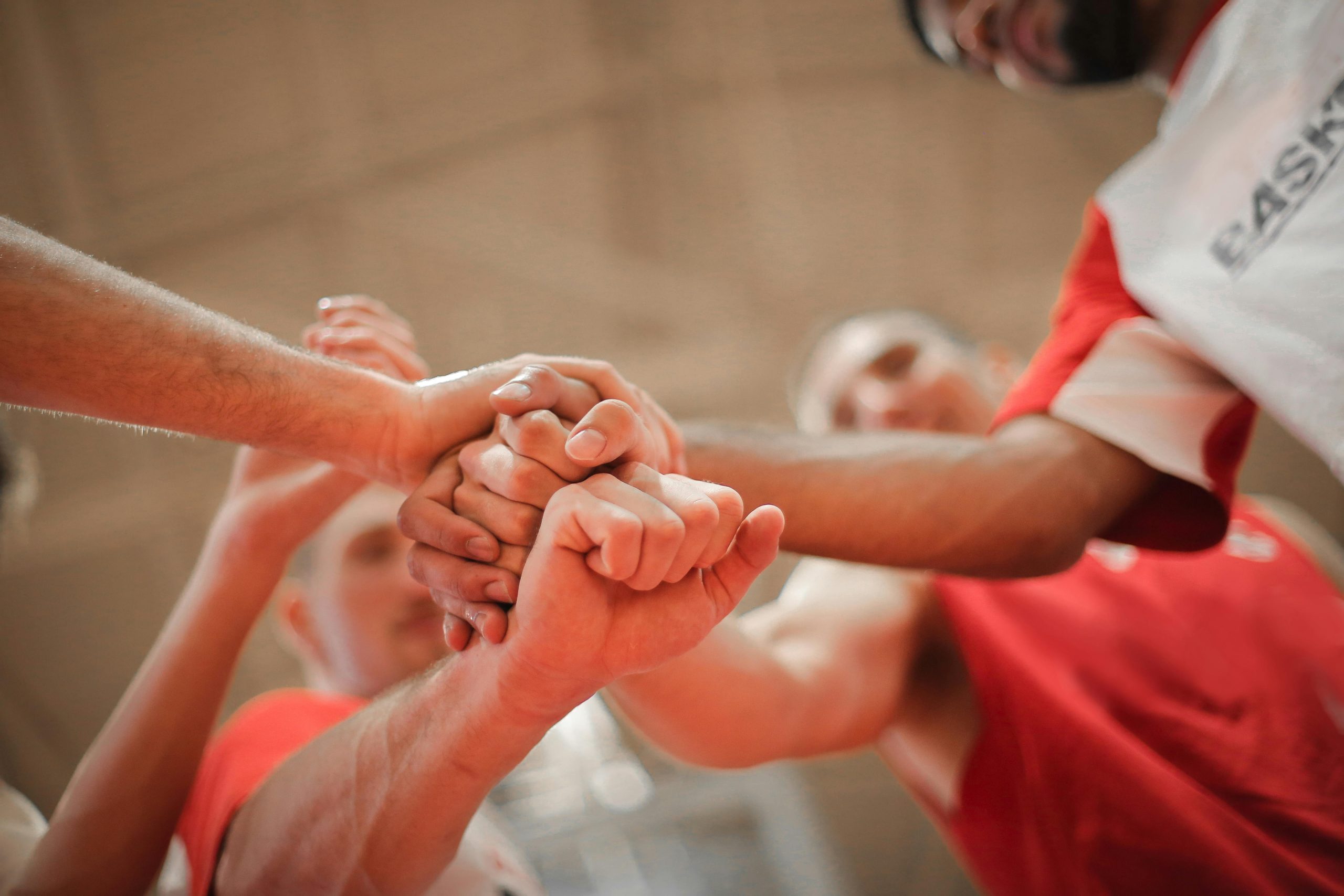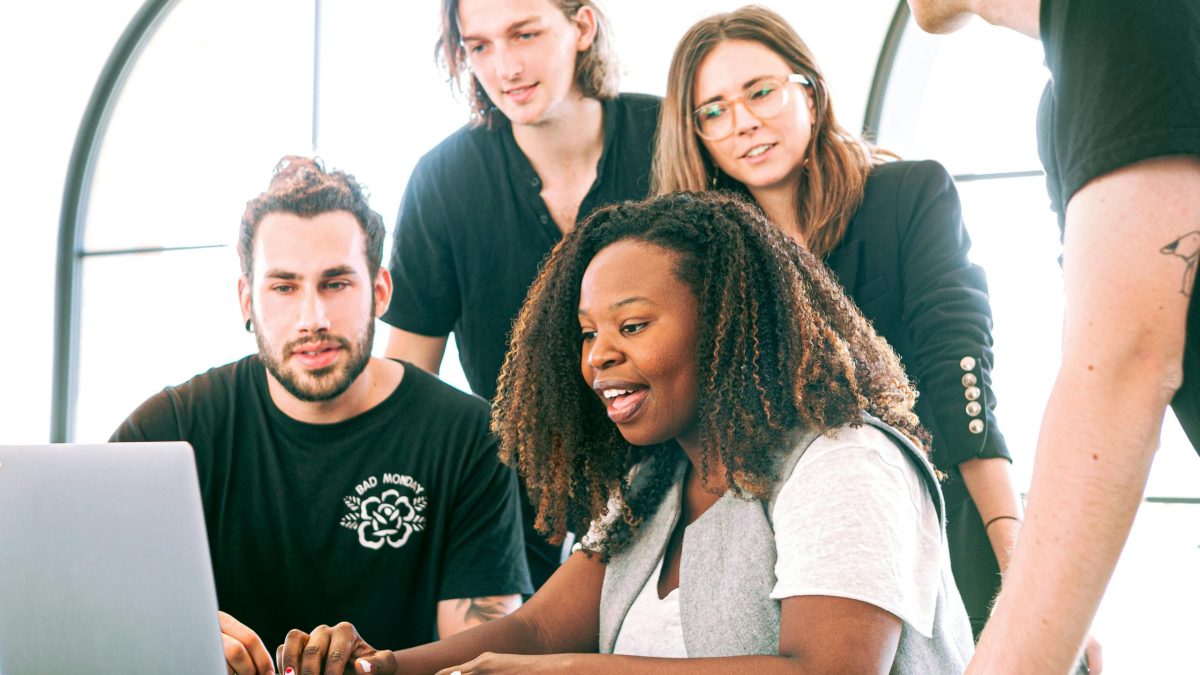An Overview of Children’s Teamwork Skills

Developing children’s collaboration abilities at a young age is essential to their overall development. By laying the groundwork for substantial social, emotional, and cognitive development, these abilities help kids develop into well-rounded people. Children who work in teams develop the fundamental skills of cooperation, understanding, and respect for one another—all of which are essential for overcoming obstacles in life and the intricacies of interpersonal relationships. In order to prepare readers for a deeper look at the useful tactics that can be used to develop these crucial skills, this article will first discuss the many advantages of helping kids develop their collaboration abilities. By adopting the values of collaboration, we improve their present relationships while also providing them with the resources they need to succeed in a variety of future endeavors.
Understanding the Basics of Teamwork

Defining Children’s Teamwork: Cooperation and Collaboration
Fundamentally, collaboration entails cooperating to accomplish a shared objective. It’s a combination of cooperation, in which everyone helps one another, and collaboration, in which each member offers their special talents and ideas. Although this idea may appear difficult, even young children may understand the fundamentals when presented in the context of relatable activities and situations, such participating in a team sport or working on a project as a group.
The Function of Communication and Empathy in Teamwork
- Empathy: Promotes a supportive environment by enabling kids to comprehend and value the opinions and emotions of their colleagues.
- Conversation: The instrument that facilitates the exchange and application of understanding. It entails communicating, hearing, interpreting, and reacting in a way that fosters clarity and trust among team members.
Differing Between Experiences with Positive and Negative Teamwork
Experiences with collaboration are not all made equal. Shared accomplishment, mutual respect, and a sense of belonging are the hallmarks of positive teamwork. It occurs when each team member is inspired to contribute and feels appreciated. On the other hand, unsolved disagreements, an imbalance in contribution levels, or a lack of direction can result in negative teamwork. Through these experiences, children learn the value of justice, leadership, and problem-solving skills, and they are shown that working together to overcome obstacles can be a great learning experience.
Children who grasp these fundamentals of collaboration will be better equipped to build healthy interpersonal relationships and a collaborative mindset. We help our students to succeed in their current duties as well as lay the groundwork for long-lasting connections and collaboration skills that will assist them throughout their lives by creating an environment where empathy, communication, and cooperation are valued.
Building a Cooperative Environment

The Function of Teachers and Parents in Promoting Teamwork
When it comes to helping kids develop their teamwork abilities, parents and teachers are essential. Adults provide a powerful example for young minds by modeling healthy collaborative behaviors including cooperation, communication, and empathy. Encouraging children to participate in team-based activities in both home and classroom settings is crucial in providing them with a supportive environment in which to practice these skills.
Organizing Team-Based Activities in Educational and Domestic Environments
- Whether it’s assembling a puzzle together or planning a family clean-up day, activities like these promote teamwork at home.
- Team sports and group projects provide an organized method for students to practice cooperation in the classroom. In addition to improving teamwork, these exercises instill in kids the value of shared accountability and teamwork.
Promoting Diversity and Inclusivity in Team Environments
Diversity and inclusivity are the cornerstones of productive collaboration. Encouraging kids to collaborate with peers who possess diverse backgrounds and abilities enhances the team dynamic while cultivating a more profound comprehension and admiration of variety. This method emphasizes that each member of the team brings something special to the table and teaches kids the value of diversity in viewpoints and abilities.
It takes more than just assigning kids to groups to create a supportive environment for teamwork. Parents and teachers must work together to create a culture of mutual respect, understanding, and cooperation. It is possible to provide our kids the collaboration skills they need to succeed in all facets of life by emphasizing inclusivity and diversity and creating engaging team-based activities.
For additional information on encouraging children to work in teams and collaborate, visit the The Victorian Department of Education and Training provides parents and educators with helpful tools and guidelines.
Overcoming Obstacles in Collaboration

Identifying Typical Difficulties
Despite its many advantages, teamwork is not without its challenges. Competition, a breakdown in communication, and unequal involvement are frequently seen as major roadblocks. These difficulties have the potential to upset the balance and effectiveness of a group, which can cause dissatisfaction and a drop in output. Identifying these problems early on is the first step towards building a more supportive and cohesive work atmosphere.
Council Resolution Strategies
In every work environment, conflict is inevitable, but how we handle these differences can really make a big impact. Promoting courteous and candid communication is essential. Conflicts can be resolved amicably by creating an environment where each team member feels heard and respected. Active listening, empathy exercises, and organized problem-solving sessions are a few strategies that can turn potential conflict into chances for development and creativity.
Furnishing Good Relations
Effective cooperation depends on positive interactions. Team dynamics can be greatly improved by recognizing and appreciating individual efforts, promoting mutual support, and celebrating little triumphs. Engaging in trust- and camaraderie-building activities, like team-building exercises and mutual goals, reinforces these positive interactions and increases the team’s resilience to obstacles.
The Significance of Input and Analysis
The dynamics of teamwork can only be continuously improved with the inclusion of feedback and reflection. When delivered in a constructive and encouraging way, constructive criticism can assist people in realizing their areas of strength and growth. Team members that hold regular reflection meetings to talk about what went well and what didn’t promote a culture of constant learning and adaptability. This boosts each member’s personal development in addition to raising the team’s performance.
Teamwork provides challenges that we may overcome by tackling head-on and implementing tactics that foster mutual understanding, respect, and cooperation. This enhances the team’s experience and builds a solid foundation for the future development of kids into capable team members and leaders.
Inspirational Narratives and Role Models

Profit Tales from Various Industries
Here are some instances of productive collaboration:
- Sports Teams – Achieving titles by unified cooperation.
- Scientists – Making innovative discoveries.
- Artists – Working together to create amazing performances or exhibitions.
These tales offer inspiring illustrations of group creativity and success.
The Influence of Adolescents on Role Models
Children learn from role models about:
- Collaboration Acknowledging the value of collaboration.
- Interaction – Realizing the need of concise communication.
- Respect for One Another Realizing how much respect for others can do for you.
Children’s views on cooperation and their future roles in teams are shaped by these learning.
Using Stories as an Inspirational Tool
Using narrative to promote cooperation:
- Telling a child stories about successful teams to spark their imagination.
- Making Collaboration Relatable through anecdotes from sports, history, or personal encounters.
- Embracing the Concept that success requires teamwork.
This method inspires and teaches kids to strive to be productive members of a team.
In Conclusion
Children who work together become future leaders. It fosters resiliency and delight in group accomplishment. Children get an appreciation for empathy, communication, and inclusivity by learning how to strike a balance between the difficulties of teamwork and the benefits of mutual success. They are inspired to accept these teachings by the success stories of collaborative efforts in a variety of industries, setting them up for a lifetime of joint ventures. Let’s support our kids in developing these abilities since cooperation is the foundation for tomorrow’s successes.
How to Foster Teamwork Skills in Children FAQs
Yes, teamwork skills learned in childhood lay the foundation for successful collaboration in both academic and professional settings in the future. These skills, including communication, empathy, and conflict resolution, are highly valued in virtually all aspects of life. Early experiences of teamwork help children grow into adults who can work effectively with others towards common goals.
Teach children to express their feelings and concerns respectfully and to listen to others’ perspectives. Encouraging open communication and empathy among team members can help resolve conflicts constructively. It’s also important to guide them in finding mutually agreeable solutions, reinforcing the value of compromise and collaboration.
Encourage your child to participate in group activities that require cooperation and shared goals, such as sports or group projects. This exposure helps them understand the value of working together and the importance of each member’s contribution. It also allows them to practice communication and negotiation skills in a real-world setting.
Help your child identify their strengths and interests, and discuss how these can contribute to a team’s goals. This not only boosts their self-esteem but also shows them how individual contributions are crucial to team success. Understanding their role can motivate them to participate actively and responsibly in team activities.
Choose activities that align with the children’s interests and vary the types of teamwork experiences they have. Making activities enjoyable increases engagement and willingness to participate, turning teamwork into a positive and looked-forward-to experience. Incorporating elements of play and competition, in a healthy manner, can also enhance the enjoyment and educational value of teamwork activities.
Observe your child during team activities, noting their interactions and contributions, and provide constructive feedback afterward. Discuss what they did well and areas for improvement, focusing on specific behaviors rather than general outcomes. Additionally, regularly engaging in conversations about their team experiences encourages reflection and growth in their teamwork skills.
Teach your child the importance of listening, sharing ideas, and showing respect to all team members. Discussing and practicing these values in everyday situations prepares them to apply these behaviors in team settings. Being a good team player also involves understanding and accepting different roles within a team, including sometimes leading and other times supporting.
Engage your child in team-based sports, group art projects, or cooperative games that require players to work together to achieve a common goal. These activities provide fun and engaging ways for children to experience the dynamics of teamwork, including communication, compromise, and joint problem-solving. They also help children understand the importance of each member’s role within the team.
Model teamwork in your daily interactions and explicitly discuss the importance of working together with family and peers. By seeing teamwork in action and having open conversations about its benefits, children learn both the theory and practice of collaborative efforts. This approach helps them internalize the concept and apply it in their own interactions.
Leadership can guide and inspire a team towards achieving their common goals while ensuring that every member feels valued and heard. By encouraging children to take on leadership roles, you help them develop skills in guiding others respectfully and effectively. This experience teaches them about responsibility, decision-making, and the importance of supporting their teammates.

Jasmine Duque-Love is a mother of one and a practicing physiotherapist with a Phd in Physiotherapy

